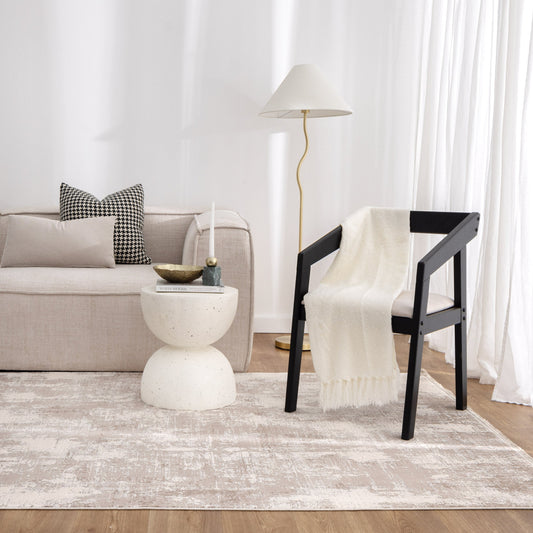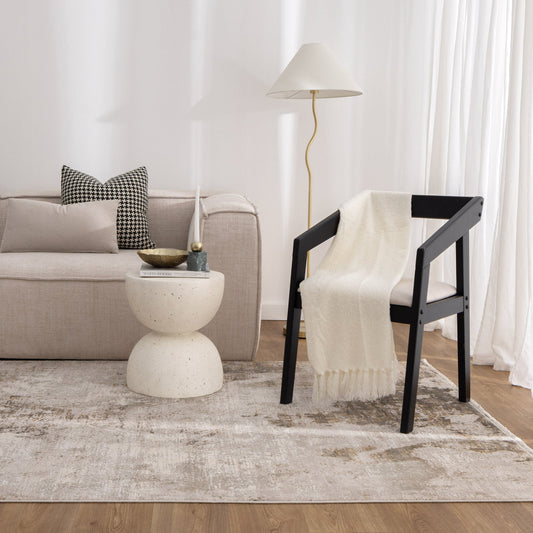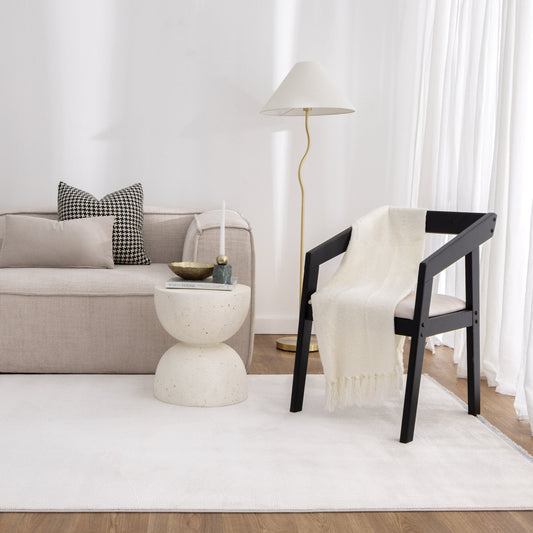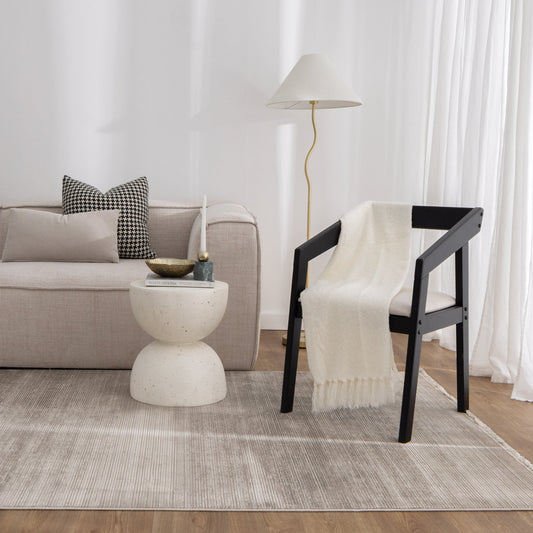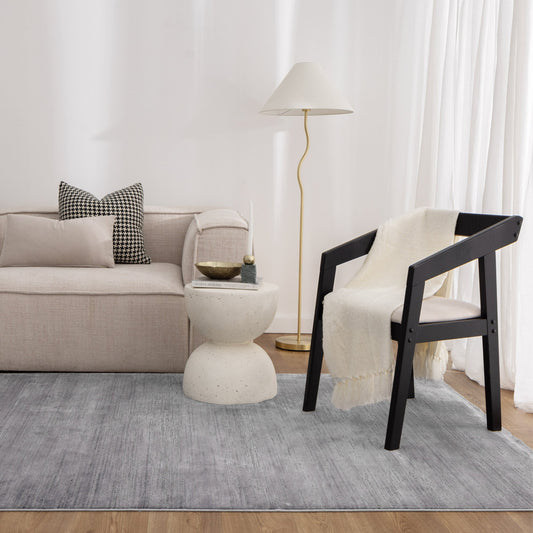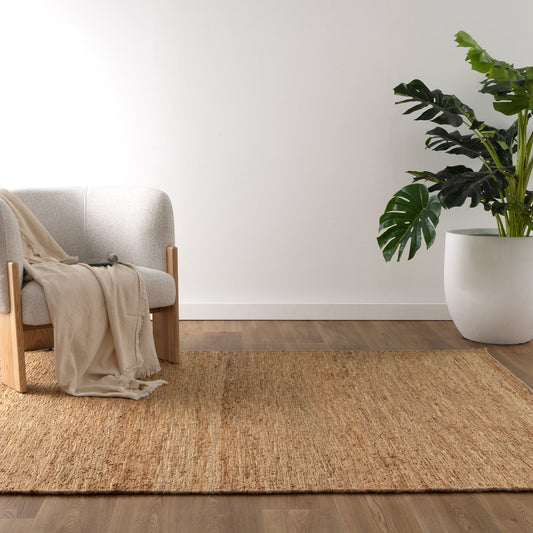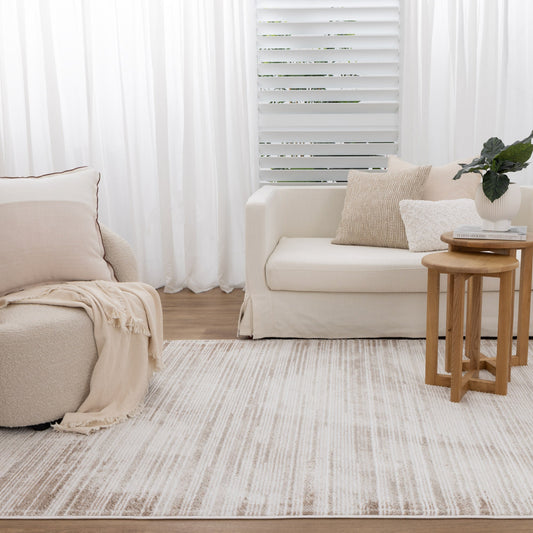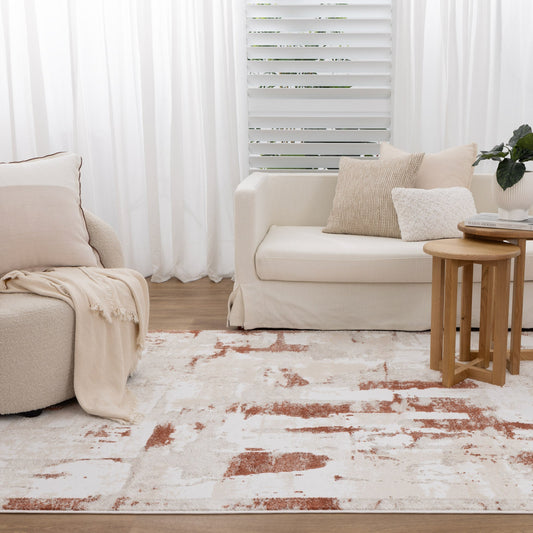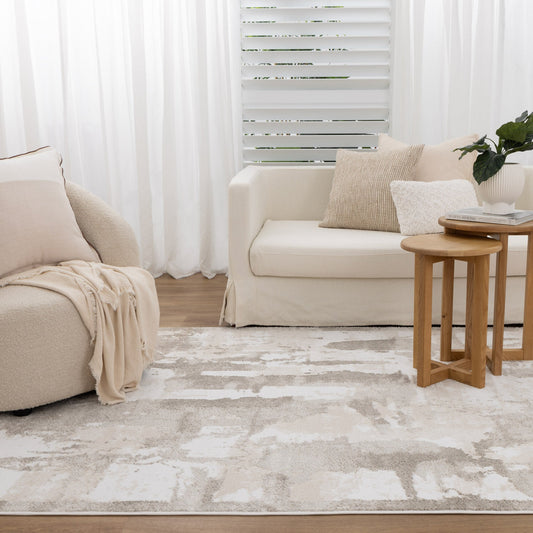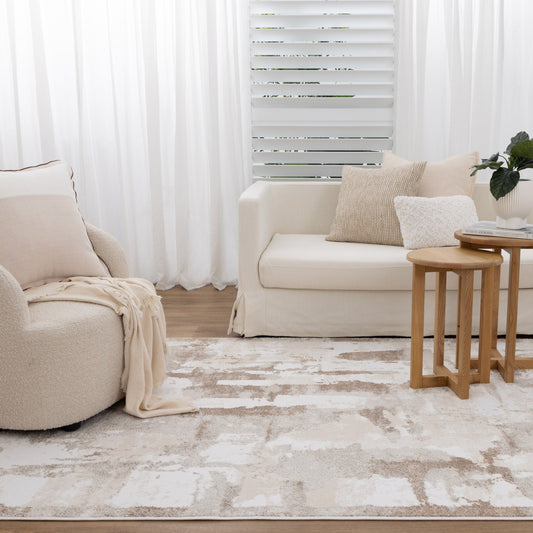When renovating or building, the floor you choose has a big impact on your space. It affects how your home looks, feels and functions every day. If you’re comparing flooring options, two popular choices often come up: timber tiles and vinyl tiles. But deciding between them isn’t always simple.
Each has its benefits and challenges, and what suits one home may not be ideal for another. This flooring comparison breaks down the key differences to help you feel confident in your decision.
Timber flooring vs. vinyl flooring — know the core differences
Timber tiles are made from natural hardwood or engineered timber and bring a classic, warm aesthetic. They offer a genuine wood feel underfoot and are known for their timeless look. Vinyl tiles, on the other hand, are a synthetic product designed to mimic the appearance of timber or stone. They’re often more flexible, lightweight and easier to install.
The timber flooring vs. vinyl debate comes down to what you prioritise most: budget, durability and maintenance.
- Comparing costs — upfront spend and long-term value
Vinyl tiles are generally more affordable, making them a popular choice for budget-conscious projects. Timber tiles, especially solid timber, come at a higher price due to the quality of materials and workmanship involved.
Explore the flooring guide to compare options by budget and room type.
- Comparing durability — handling wear and daily use
Vinyl stands up well to daily wear, resisting scratches, dents and scuffs, making it ideal for family homes and busy areas. Timber is durable too but may show marks from heavy furniture or impact. However, one of the top timber flooring advantages is that surface damage can be sanded and refinished, helping it look good for longer.
- Comparing water resistance — managing moisture in key areas
A major vinyl flooring benefit is how well it handles water. It’s a strong choice for kitchens, bathrooms and laundry rooms where spills and dampness are common. Timber is more sensitive to moisture. Without proper sealing and ventilation, water can lead to warping or swelling. In wet zones, vinyl is usually the safer, low-risk option.
Visit the Castle Hill or Liverpool showroom to see both options in person.
- Comparing maintenance — cleaning and upkeep over time
Vinyl is low-maintenance. Regular sweeping and an occasional mop will keep it looking fresh. It doesn’t need polishing or sealing. Meanwhile, timber needs more attention. Using the right cleaning products is important, and occasional resealing or polishing helps preserve its finish.
- Comparing environmental impact — sustainability from source to finish
Vinyl is made from synthetic materials and may not always be recyclable, but some options use recycled content or meet low-VOC standards. Timber can be more eco-friendly if it comes from responsibly managed sources. Certified products support better forestry practices.
Find your perfect flooring with Mayne Rugs & Flooring
Choosing between timber flooring vs. vinyl comes down to your home, lifestyle and goals. If you want low-maintenance, water-resistant floors that work with any budget, vinyl might be the best flooring material for your space. If you're after timeless style, natural beauty and long-term value, timber is a strong contender.
At Mayne Rugs & Flooring, we take pride in offering exclusive designs and personalised service. As a family-owned business with over 25 years of experience, our qualified installers deliver quality craftsmanship you can trust.
Connect with us today to learn more about our products and installation services.


